Immune to Cancer: The CRI Blog
-
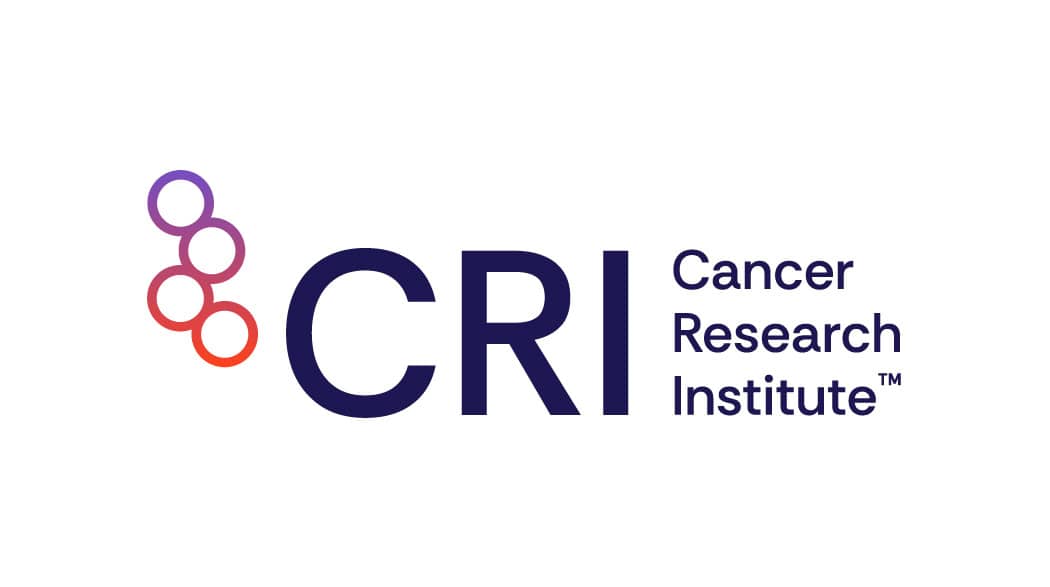
Building the Data-First Future of Immunotherapy
For more than 70 years, CRI has been at the forefront of cancer immunotherapy – driven by… -

Make Every Dollar Count: Maximize Deduction, Multiply Impact with CRI
Supporters are reaching out, seeking to understand the combined impact of changes to federal funding for cancer… -

Choreographing the Cure: How Immunotherapy Gave Oswald More Time
After a devastating diagnosis, dancer Oswald Peterson found his rhythm again — and a new reason to… -
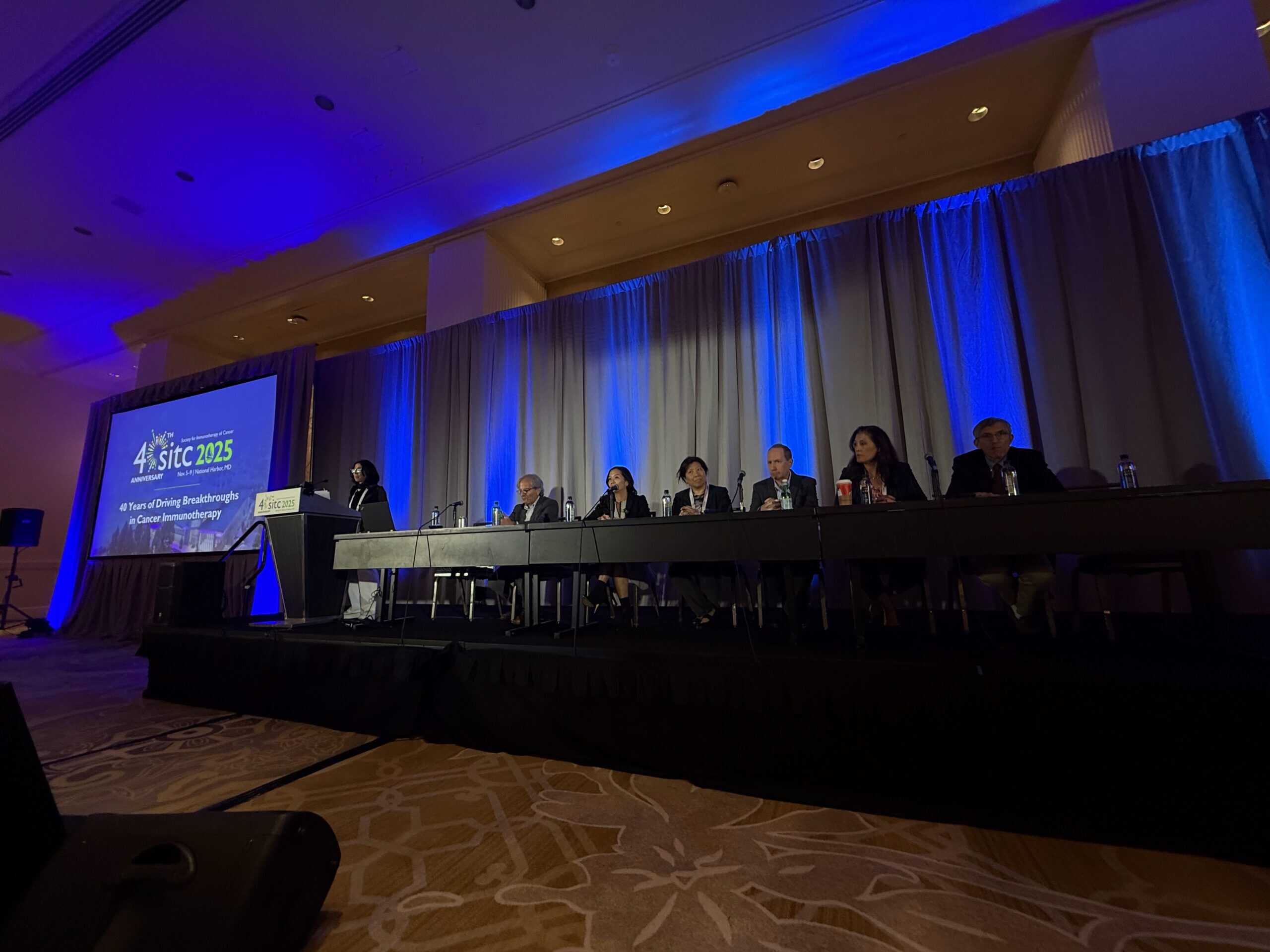
SITC Turns 40: Celebrating the Past and Powering the Future of Immunotherapy
The 40th Annual Meeting of the Society for Immunotherapy of Cancer (SITC) marked a milestone celebration of… -

How CRI is Standing Firm in the Face of Federal Funding Cuts for Cancer Research
Recent reporting in The New York Times describes deep uncertainty across America’s cancer research ecosystem: stalled grant… -
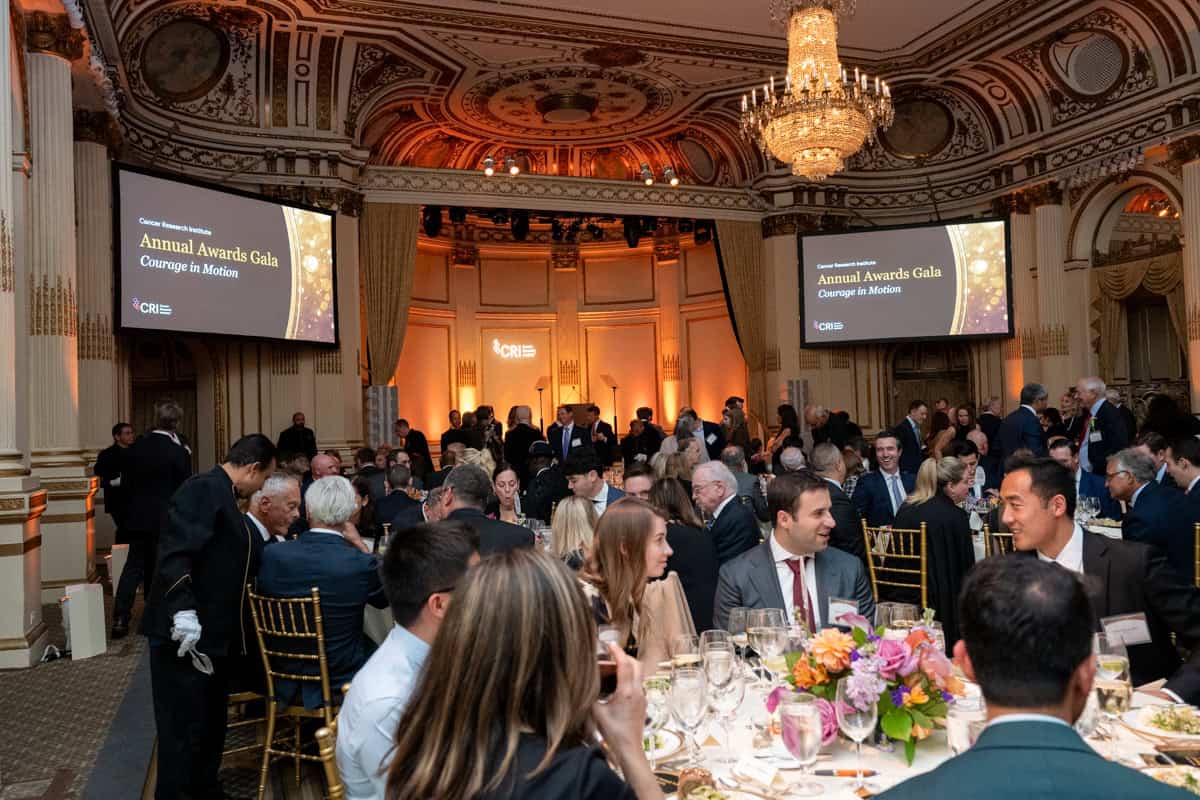
Celebrating Changemakers in Cancer Immunotherapy at CRI’s 2025 Annual Awards Gala
The Cancer Research Institute (CRI) hosted its 2025 Annual Awards Gala on Tuesday, October 21, at the… -
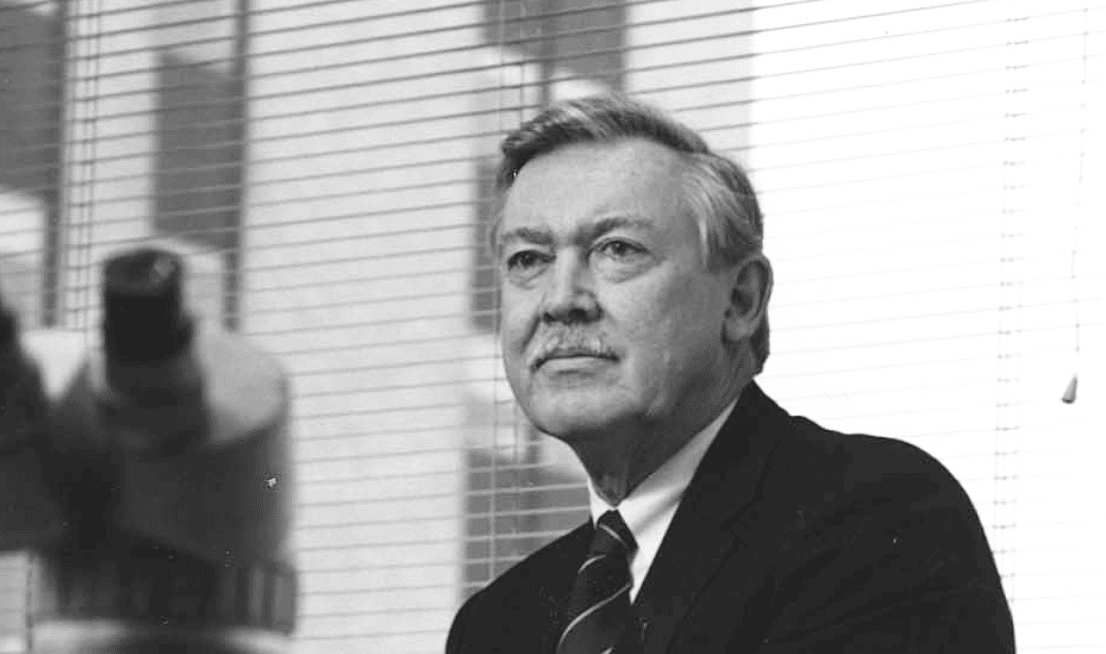
Remembering Dr. Malcolm A.S. Moore, A Visionary Who Helped Change the Course of Cancer Treatment
The Cancer Research Institute (CRI) mourns the loss of Malcolm A.S. Moore, DPhil, who passed on September… -

Introducing IGNITE: A Bold Pathway to Independence for Emerging Scientists
In every generation, progress in science depends on more than ideas—it depends on bold and brave leaders…. -
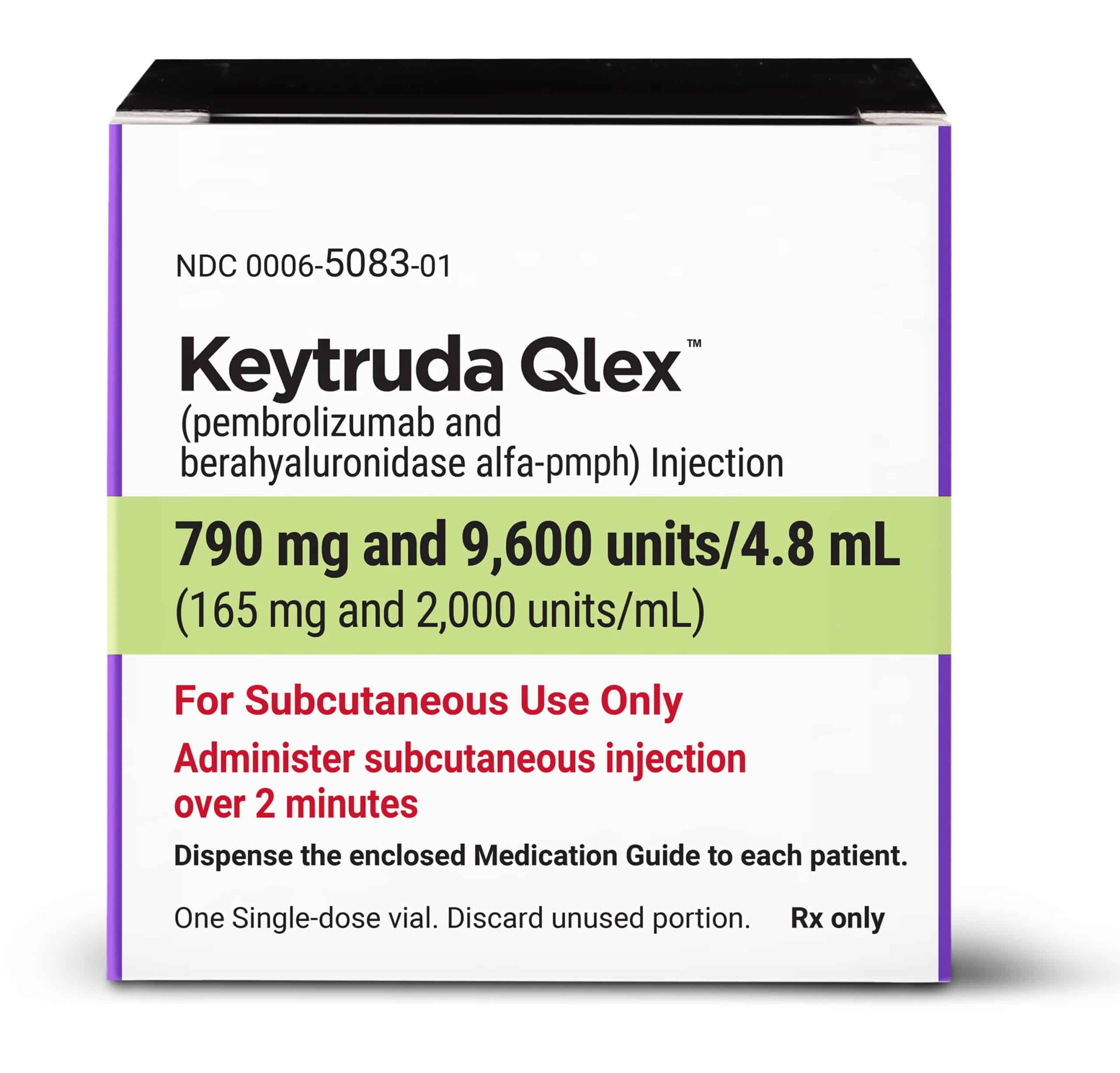
Approval Alert: A Faster, Easier, and Patient-Centered Way to Receive Immunotherapy
In another significant step toward making cancer treatment more convenient and accessible for patients, the U.S. Food…

Join CRI in Shaping the Future of Immunotherapy
Support the pioneering work of CRI in advancing immunotherapy.